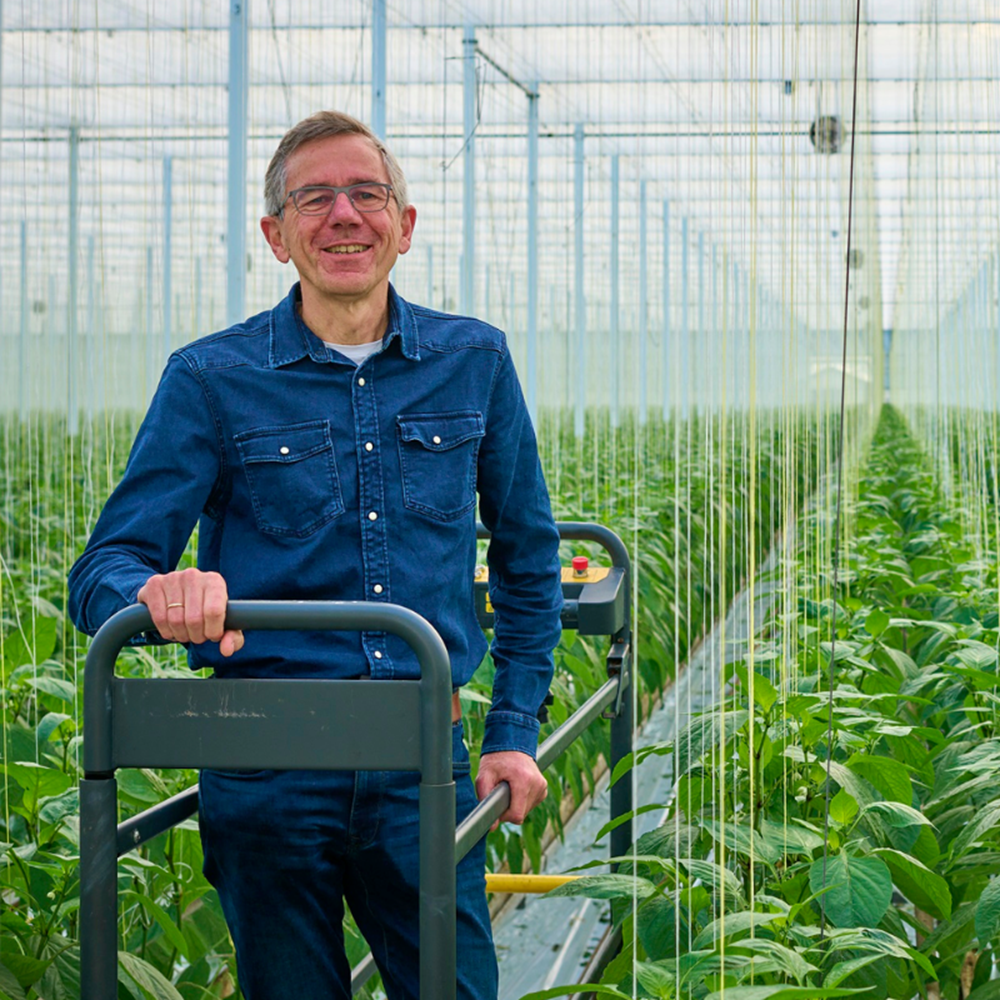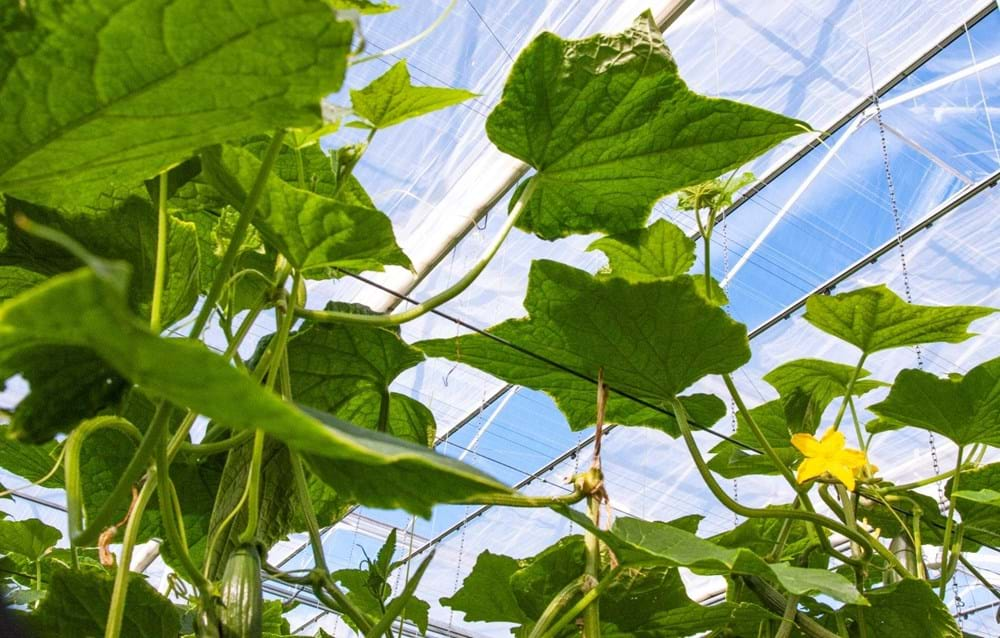For the past two years, growers of tomatoes, cucumbers and peppers have been rapidly switching to a double climate screen solution, influenced by higher gas prices and government tax incentives. Growers can choose from various options: a double energy screen, a combination of a blackout screen and energy screen, or a solution with an extra summer screen. The energy savings can be up to 70%.

Hugo Plaisier, Climate Advisor at Svensson
Leveraging double climate screens in pepper cultivation has been commonplace for some time. Logically, because of the higher day and night temperatures, a double screen pays for itself most quickly in this particular cultivation setting. A second advantage is that a double screen helps to retain more moisture, which ensures a better growing environment, especially at the start of cultivation. “That advantage is less impactful with cucumbers and tomatoes, but not unimportant. Eggplant is also a fast grower with a lot of evaporation, which allows the plant to 'create its own climate'. Tomatoes are also grown at somewhat lower temperatures. Yet, you also see more and more interest in a double, movable screen for these crops,” says Svensson Climate Advisor Hugo Plaisier.
Remove foil, insert energy screen
According to Plaisier, the annual fixed foil screen is on its way out in pepper cultivation. “The investment is relatively low, but inserting and removing it is no fun. It is less flexible than a movable screen, and the question is always: when do you take it away? If you think the cold will come back, you leave it longer, but if it stays away it will become more and more cumbersome. Especially in mild conditions of 5 to 10 degrees Celsius and sunshine. You can then poke holes in the foil to drain moisture, but that also requires labor. And afterwards, you are left with a mountain of plastic waste. That is why more pepper growers are opting for a second movable screen.” In practice, growers usually opt for two transparent energy screens, Plaisier continues.
Compensating for radiant heat in tomatoes and cucumbers, many growers have stopped using lighting due to high electricity prices, or, if they have a hybrid system, only turn on LED lighting. For this reason, some growers have supplemented their Obscura light abatement screen with a second transparent energy screen. “For growers who have stopped using SON-T or switched to LED, a second energy screen is often necessary to compensate for the loss of radiant heat. LED produces much less radiant heat than SON-T, which you can absorb with a second energy screen. You also see tomato growers - just like with peppers - replacing a foil screen with a second movable energy screen. Growers who continue to illuminate, or want to keep that option, then choose the combination of Luxous and Obscura. You see the same development with cucumbers.”
Up to 70% energy savings
The Obscura 9950 FR W light emission screen has recently become available in a second variant: Obscura 9970 FR A. “The latter variant was introduced in early 2023. The new screen saves about 15% more energy because it is a fully aluminum climate screen. In combination with a second Luxous screen, the additional savings is around 8%. With ENERGYPerfect, the combination of Luxous and Obscura, you can save the most through a smart screen strategy. With both screens closed, the total savings is up to 70%. But not everyone automatically chooses the best insulating screen, the Climate Advisor continues. “With heavily lit tomato cultivation you have to deal with a lot of heat input from your lamps, which can limit the use of the screens. This may influence the choice of which Obscura variant is chosen.”
There are also growers who have a Harmony summer screen installed as a second screen (next to an Obscura or Luxous). “One of them is tomato grower Looye in Burgerveen. It is a diffuse screen with an open structure, so it breathes nicely. The advantage is that you can close this screen 100% in the summer. The summer screen can also be used as an additional energy screen. That saves less extra energy than a second Luxous screen, but still more than 5%.”

Calculate your savings
Plaisier, along with Svensson Climate Advisors in other regions, can substantiate which option is the most profitable for growers with an energy calculation. This calculation takes into account the specific circumstances of the grower and simulates the addition of another climate screen to estimate savings. “With the energy calculator, we can take a look at various models comparing no screen to multiple screens to see the potential savings. We actually use the data from your greenhouse to ensure the closest possible calculation to what growers can save”, says Paul Arena, Climate Advisor.
To receive a customized energy calculation for your greenhouse, simply submit a request on this page and a Climate Advisor will reach out for your information shortly.